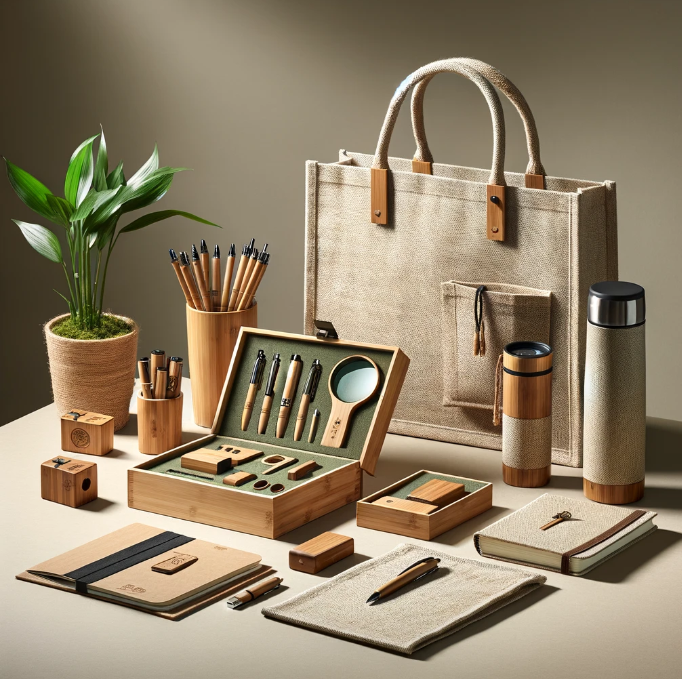Introduction to Injection Molding
Injection molding—what a fascinating process! It’s like magic, where raw plastic transforms into intricate shapes and designs. This method has become a linchpin in the manufacturing world, offering efficiency and cost-effectiveness that few other processes can match. But with technology advancing at breakneck speed, the landscape of injection molding is evolving too. In this article, we’ll delve into the latest trends and innovations shaping this industry, revealing why it remains a favorite among manufacturers.
What is Injection Molding?
So, what exactly is injection molding? Imagine a machine that takes tiny plastic pellets, heats them until they melt, and then injects that molten material into a carefully crafted mold. Once cooled, the mold opens, and voilà—out pops a perfectly formed plastic part! This method is not just about creating simple shapes; it’s about precision and versatility. From automotive components to everyday household items, injection molding is everywhere.
Key Advantages of Injection Molding
Why is injection molding so popular? Let’s break down the key advantages:
- Cost Efficiency: After investing in the initial mold, producing large quantities becomes incredibly economical. The more you produce, the lower the cost per part.
- Precision: The level of detail achievable with injection molding is remarkable. Manufacturers can count on consistent dimensions, ensuring that every part meets stringent specifications.
- Material Variety: There’s a smorgasbord of materials available, from thermoplastics to thermosetting plastics, allowing for tailored solutions for different applications.
- Complex Geometries: The process excels at creating intricate designs, opening up a world of possibilities that traditional methods simply can’t match.
- Reduced Waste: Compared to other manufacturing techniques, injection molding generates minimal waste, making it a more environmentally friendly option.
The Injection Molding Process
Let’s take a closer look at how this fascinating process unfolds:
- Material Preparation: Plastic pellets are fed into a hopper, where they’re heated until they become molten.
- Injection: The molten plastic is injected into a mold cavity under high pressure, ensuring every nook and cranny is filled.
- Cooling: The material cools and solidifies, taking on the mold’s shape.
- Ejection: After cooling, the mold opens, and the finished part is ejected, ready for use.
- Post-Processing: Sometimes, additional finishing touches are required to meet the desired specifications.
Innovations in Injection Molding Technology
The world of injection molding is buzzing with innovation! Here are some exciting advancements:
- 3D Printing Integration: Imagine combining the rapid prototyping capabilities of 3D printing with injection molding. This synergy allows for quick mold creation and complex designs.
- Smart Manufacturing: The Internet of Things (IoT) is making its mark, with smart machines that monitor production in real-time, reducing downtime and enhancing efficiency.
- Biodegradable Materials: As sustainability becomes a priority, the development of biodegradable plastics offers a greener alternative, reducing environmental impact.
- Advanced Mold Designs: Innovations like conformal cooling channels optimize cooling efficiency, slashing cycle times and boosting productivity.
- Automation: Automated systems streamline the manufacturing process, ensuring speed and consistency while minimizing human error.
The Role of Materials in Injection Molding
Choosing the right materials is pivotal for successful injection molding. Here’s a look at some commonly used options:
- Polypropylene (PP): This versatile material is widely used in everything from automotive parts to consumer products due to its flexibility and durability.
- Acrylonitrile Butadiene Styrene (ABS): Known for its toughness, ABS is perfect for items like toys and electronic housings that require impact resistance.
- Polyethylene (PE): PE is favored for its chemical resistance, making it ideal for containers and bottles.
- Polycarbonate (PC): With high impact resistance, PC is often used in safety equipment and optical devices.
- Thermoplastic Elastomers (TPE): TPE combines the best of rubber and plastic, making it suitable for applications demanding flexibility and durability.
Common Applications of Injection Molding
The versatility of injection molding shines through in various industries. Here are some common applications:
- Automotive Industry: Parts like dashboards and bumpers are produced using injection molding, ensuring durability and precision.
- Consumer Goods: Everyday items such as containers, toys, and kitchen utensils benefit from this efficient manufacturing process.
- Medical Devices: The production of components like syringes and surgical instruments relies heavily on injection molding for accuracy and safety.
- Electronics: Housings for electronic devices, connectors, and insulation parts are commonly made through this method.
- Packaging: Injection-molded containers and caps are essential in the food and beverage industry, ensuring product safety and convenience.
Challenges in Injection Molding
Despite its many advantages, injection molding isn’t without its challenges:
- High Initial Costs: The upfront investment for mold design and production can be significant, especially for smaller runs.
- Material Limitations: Not every material is suitable for injection molding, which can restrict design choices.
- Cycle Time Variability: Factors such as mold design and cooling times can affect how quickly production can occur.
- Quality Control: Maintaining consistent quality across large production runs requires stringent monitoring and control measures.
- Environmental Concerns: While strides are being made towards sustainability, the use of certain plastics still raises critical questions about environmental impact.
Future Trends in Injection Molding
As we look ahead, several trends are set to shape the future of injection molding:
- Sustainability Initiatives: The push for eco-friendly practices is leading to increased use of recycled materials and reduced waste.
- Smart Factories: The integration of AI and machine learning will enhance operational efficiency, allowing for predictive maintenance and better resource management.
- Customization: As consumer preferences shift towards personalized products, manufacturers are innovating mold designs to accommodate bespoke requests.
- Globalization: With markets expanding, manufacturers are optimizing supply chains and production locations to meet global demand.
- Regulatory Compliance: Stricter regulations regarding materials and processes will require manufacturers to adapt continuously.
Conclusion
The evolution of injection molding reflects its resilience and adaptability in an ever-changing manufacturing landscape. By embracing new technologies and materials, manufacturers can enhance their processes and meet the diverse demands of the market. As we venture into the future, staying informed about emerging trends and innovations will be crucial for success in this dynamic industry.
For more insights into the world of injection molding, explore resources on China injection molding or dive into the intricacies of plastic mold.
Also Read
- ► What Are Carton Boxes by RoshPack?
- ► Bluewaters Island Location: A Premier Destination in Dubai
- ► Pursue The Best Digital Marketing Course In Noida
- ► Indian Visa for Dominica Citizens: Everything You Need to Know
- ► Off Plan Projects in Dubai: The Ultimate Guide to Properties for Sale in Dubai
- ► Top Picks for Clothing Sale in Australia: Shop at Yanaa
- ► Panvel : Where Dreams Become Reality
- ► Spider Hoodie: Official SP5DER Clothing Online Store
- ► Things You Need to Know Before Buying a WiFi Repeater in 2025
- ► Neotonics: Your Ultimate Skin and Gut Health Solution
- ► The Best Materials and Designs Offered by Leading Sofa Makers & Manufacturers
- ► Lottery Sambad: Nagaland State Lottery Sambad Result Today
- ► What Does a Stock Broker Do? A Beginner’s Guide to Understanding Their Role
- ► Top 5 Best Advantages of WordPress Development for Business Sites
- ► How to Find Your Future Spouse Using Astrology





